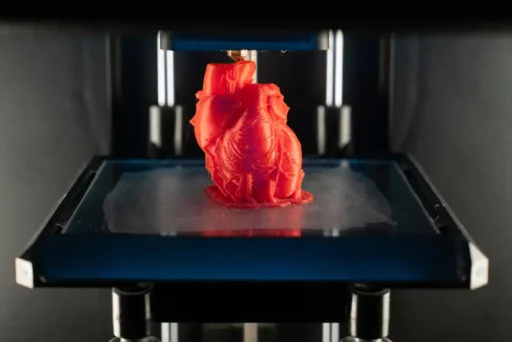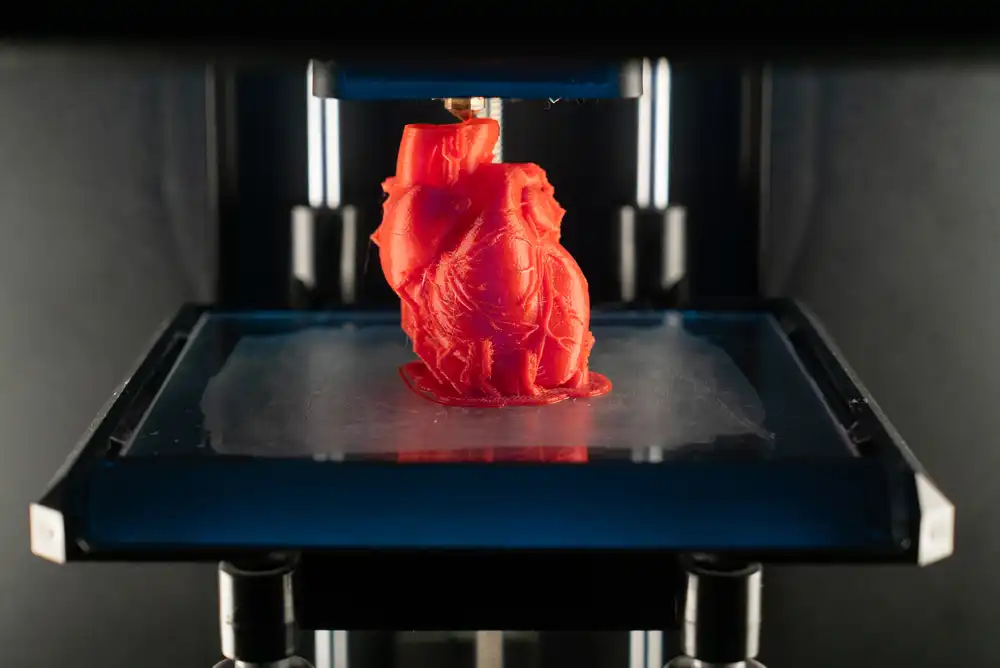Tired of all the usual cheesy Valentine’s Day stories? Here’s something with real heart – quite literally. Researchers at Georgia Tech have developed a next-gen 3D-printed heart valve that could help patients regenerate their own instead of undergoing repeated surgeries. This innovation, made from bioresorbable materials, is designed to fit a patient’s unique anatomy and gradually be replaced by the individual’s own tissue over time.
Heart valve disease affects more than 5 million people a year in the US alone, often requiring high-risk and expensive valve replacement surgeries. Most current replacement valves are made from animal tissue and last only 10 to 15 years, resulting in multiple surgical interventions for many patients, especially children. A sustainable, patient-specific solution, the new implant offers a promising alternative.
The 3D-printed heart valve was invented by Lakshmi Prasad Dasi and Scott Hollister, faculty members at Georgia Tech’s Wallace H. Coulter department of biomedical engineering.
This technology is very different from most existing heart valves, and we believe it represents a paradigm shift
Lakshmi Prasad Dasi
Using a shape-memory biocompatible material called poly(glycerol dodecanedioate), the team 3D-prints the foldable valve, which is suitable for catheter-based delivery and doesn’t require open-heart surgery. Once implanted, the device unfolds at body temperature, signals the body to generate new tissue, and eventually gets fully absorbed within several months.
The research team, including scientists Sanchita Bhat and Srujana Joshi, is currently testing the valve’s durability and performance using computational models and benchtop studies. With a heart simulation setup at the lab, matching physiological conditions of a real heart and mimicking the pressure and flow in an individual patient’s heart, the technology gets honed and refined every day.
“From the start, the vision for the project was to move away from the one-size-fits-most approach that has been the status quo for heart valve design and manufacturing, and toward a patient-specific implant that can outlast current devices,” concluded Bhat, who first became involved in the project as a Ph.D. student.
We are sure this heart-centered breakthrough is here to stay. When completely successful, it will transform heart valve treatment, providing a self-regenerating, future-proof solution for both adult and pediatric patients.






